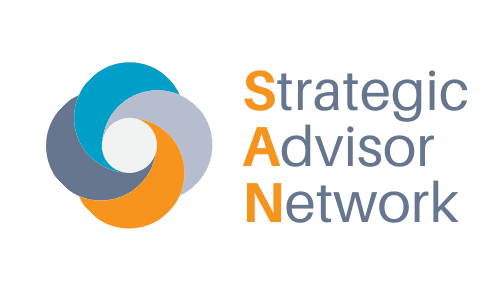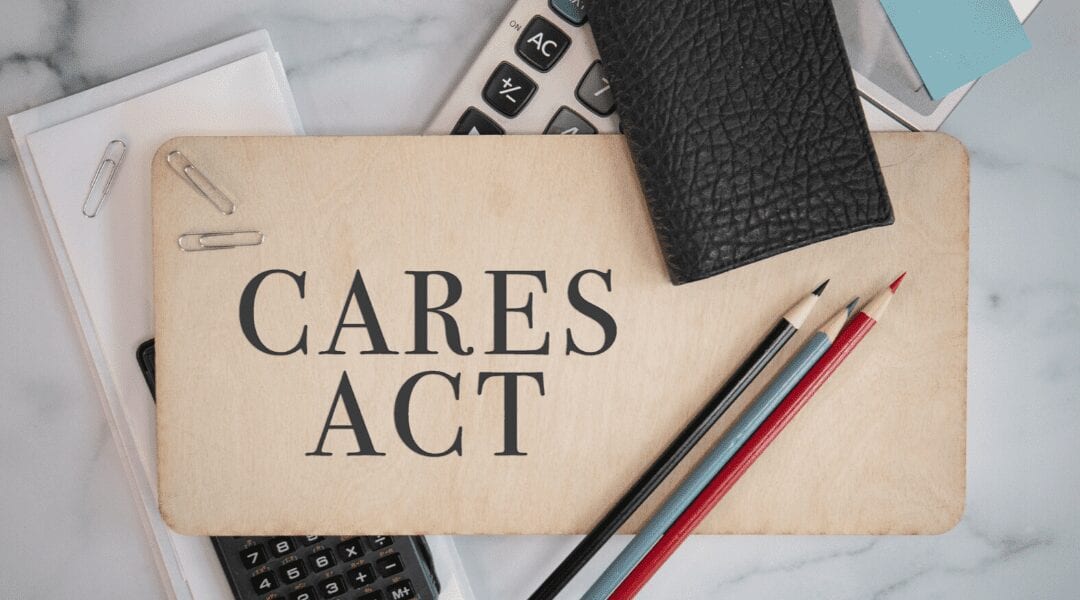In this turbulent economic time, small businesses are doing everything possible to avoid layoffs, furloughs, or reduction of their workforces. And, with most states under stay at home orders, most business owners are in the middle of defining how to reopen their offices, keeping in mind social distancing guidelines.
For many of our clients, the CARES Act has been a confusing topic. One of my colleagues at IM Wealth Partners has put together this simplified summary of the CARES Act and how it might benefit you.
If you have any questions, please feel free to contact me.
~Julie Mullarkey
CARES Act Summary
During the month of March, President Trump signed into law the largest stimulus in American history called the “CARES” (Coronavirus Aid, Relief, and Economic Security) Act.
In the simplest terms, the CARES Act alters (expands eligibility and loosens restrictions) the existing Section 7(a) loan program offered by the U.S. Small Business Administration (SBA). There are two small business relief programs available:
Paycheck Protection Program (PPP):
This specific legislation authorizes up to $10 million per applicant in “PPP Loans” (Paycheck Protection Program Loans) and makes those loans 100% guaranteed, and in certain cases, some loans will be forgiven.
To apply:
- Go to SBA.gov and “find a lender” or work with your existing lender.
- You are allowed to apply to multiple banks; however, the first bank to process your application will be the bank you work with.
- How it works (https://home.treasury.gov/system/files/136/PPP–Fact-Sheet.pdf ):
- Consult with your accountant/CPA to ensure you are applying correctly.
- There are two calculations that will need to be done:
- Calculation #1 – Determines how much you can apply for:
- Average the last 12 months’ payroll costs up to $100K per employee multiplied by 2.5.
- Calculation #2 – Determines how much of the PPP Loan you receive will be forgiven:
- You must submit a forgiveness application to your lender and get approved.
- You have eight weeks to spend the money from the date you receive it.
- The money must be spent on payroll costs (75%) and toward rent/utilities (25%).
- Your worst-case scenario is that whatever is not forgiven becomes a 1% loan paid back over two years, with payments starting six months after disbursement.
- Calculation #1 – Determines how much you can apply for:
- Here is a helpful FAQ:
- KEEP IN MIND at the end of the day, the objective of the PPP and all other programs was to get money in people’s hands quickly and then figure out the rest on the backend.
- We haven’t gotten to the backend yet.
Economic Injury Disaster Loan (EIDL) & Grants:
Small businesses can receive $10,000 within three days of applying for up to a $2 million-dollar EIDL. The $10,000 does not need to be repaid under any circumstances. You are allowed to participate in both programs, but certain restrictions apply.
If those options aren’t available to you, SBA offers the following alternative loan options for small business owners:
For updates:
You can find the most recent updates by following Senator Marco Rubio on Twitter @marcorubio, he Chairs the Senate Small Business Committee, or visit https://home.treasury.gov/policy-issues/cares/assistance-for-small-businesses
Investing involves risk, including the possible loss of principal invested. Neither Ian Meierdiercks nor IM Wealth Partners make any guarantees or claims to provide legal, mortgage, accounting or tax-preparation advice. You should consult your tax and legal advisors for your specific situation. Securities offered through SA Stone Wealth Management Inc., Member FINRA and SIPC. Advisory Services offered through SA Stone Investment Advisors Inc.

